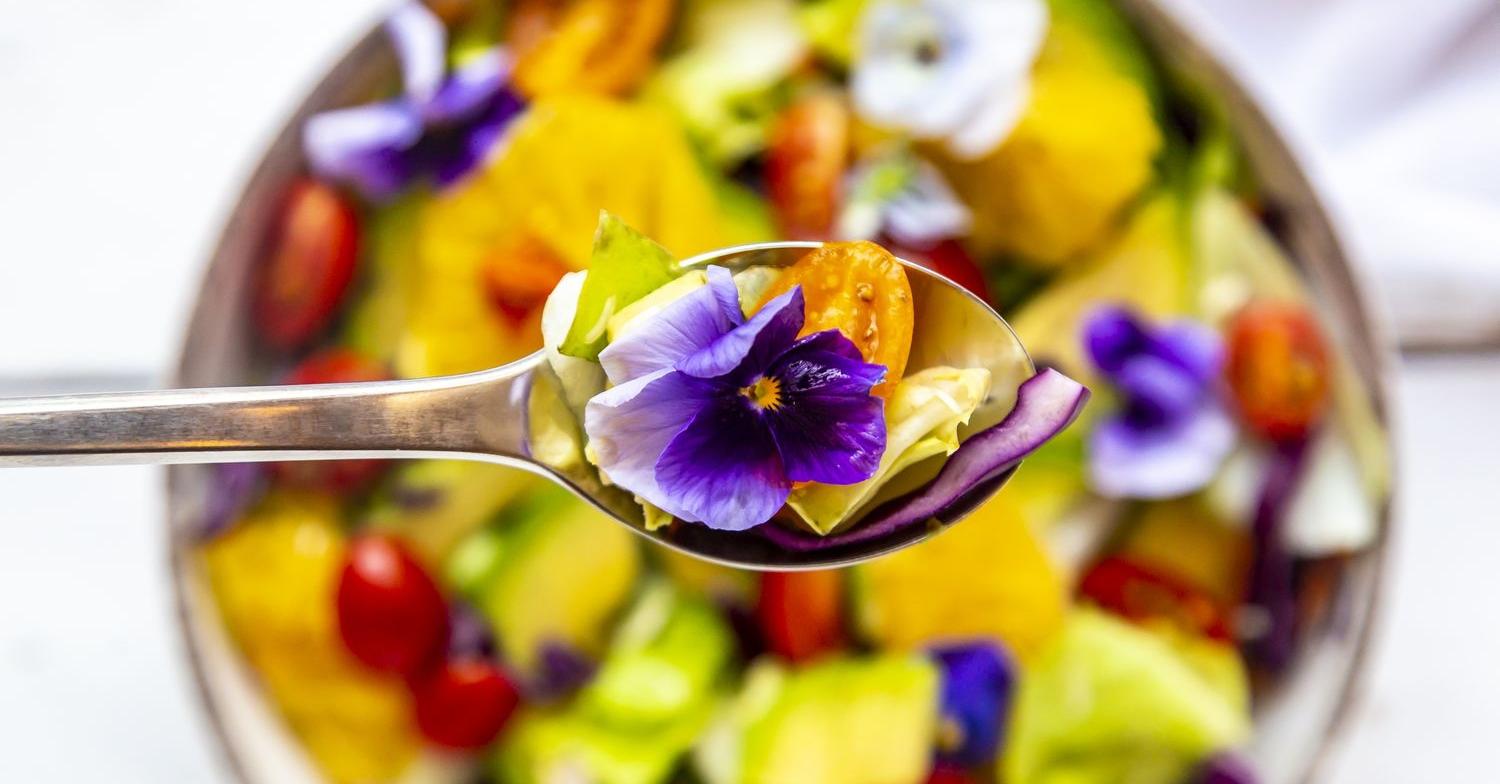Are you curious to know what is in flower food? You have come to the right place as I am going to tell you everything about in flower food in a very simple explanation. Without further discussion let’s begin to know what is in flower food?
Flower food, those magical packets accompanying floral bouquets, plays a pivotal role in enhancing the longevity and vibrancy of cut flowers. Ever wondered what lies within these packets that keeps your blooms fresh for longer? This detailed guide delves into the ingredients of flower food, exploring its composition, benefits, and even DIY alternatives.
What Is In Flower Food?
Flower food packets typically contain a blend of ingredients designed to nourish and preserve cut flowers. The exact composition may vary among different brands, but common components include nutrients, pH regulators, and antimicrobial agents.
What Is In The Flower Food Packets?
The precise formulation of flower food packets can vary, but they commonly contain three key components: carbohydrates (sugars), biocides, and acidifiers. These work together to provide essential nourishment, inhibit bacterial growth, and maintain the optimal pH level for cut flowers.
What Is In Cut Flower Food?
Cut flower food typically includes a combination of sugars, typically sucrose, to serve as a food source for the flowers. Additionally, acidifiers like citric acid help control the water’s pH, ensuring better nutrient absorption, while biocides prevent the growth of harmful microorganisms.
What Is In Fresh Flower Food Packets?
Fresh flower food packets aim to provide a balanced mix of nutrients to sustain cut flowers. Look for ingredients like glucose, citric acid, and biocides, as these play key roles in nourishing the blooms, maintaining freshness, and preventing bacterial contamination.
What Is In Flower Food Made Of?
The ingredients in flower food are carefully chosen to mimic the natural environment of flowers. Common components include sugar for energy, acidifiers to regulate pH, and biocides to prevent bacterial growth. These mimic the nutrients flowers would receive in their natural setting.
What Is In Flower Food Good For?
Flower food serves multiple purposes. It nourishes cut flowers by providing essential nutrients, regulates the pH of the water to optimize nutrient absorption, and prevents the growth of harmful microorganisms. This trifecta contributes to the overall health and longevity of the blooms.
Flower Food Diy Without Bleach:
For those looking to create their flower food without bleach, DIY alternatives are possible. Natural ingredients like sugar, lemon juice, and a few drops of bleach-free dish soap can be combined to create a homemade flower food mixture. This ensures nourishment without compromising on the flowers’ well-being.
Is Flower Food Poisonous?
Commercial flower food is generally safe for use with cut flowers. However, it’s essential to follow the recommended guidelines and not ingest the flower food directly. While the components are designed for flowers, some DIY alternatives may include household items that could be harmful if ingested.
Flower Food Homemade:
Creating homemade flower food allows for customization based on readily available ingredients. A typical DIY recipe might include sugar, lemon juice, and a few drops of mild dish soap, providing nutrients, pH regulation, and anti-bacterial properties.
Get more information about cast on Starcasto.
Flower Food Powder:
Flower food is often found in powder form, making it easy to dissolve in water. The powder quickly dissolves, creating a nourishing solution that can be easily absorbed by cut flowers.
Chrysal Flower Food:
Chrysal is a well-known brand offering flower care products, including flower food. Their formulations often include a balance of sugars, acidifiers, and biocides to promote optimal flower health.
Conclusion:
As you enjoy the beauty of fresh cut flowers, the unseen hero in the vase is the flower food. Whether it’s a commercial packet or a DIY mix, the carefully selected ingredients work harmoniously to provide the nourishment and care needed to keep your blooms vibrant for an extended period. Understanding what is in flower food allows you to appreciate the science behind the longevity of your floral arrangements.
FAQ
What Is A Good Substitute For Flower Food?
Copper pennies, aspirin, soda, white wine, bleach and lemonade are among the most popular home remedies. Lemonade is actually the closest to something that works; it can help up to a point in that flowers need nutrition in the form of sugar.
What Are The Ingredients In Flower Food?
A surprising fact about flower food is that it consists of just three main ingredients: citric acid, sugar, and bleach. The packet was designed to help flowers stay fresh longer, and each element has properties that are said to preserve flowers past their typical lifespan with plain water.
Can You Make Your Own Flower Food?
Mix 2 tablespoons lemon juice, 1 tablespoon sugar, and 1/4-tablespoon bleach; add to 1 quart lukewarm water and add flowers. Mix 2 tablespoons white vinegar and 2 tablespoons sugar; add to 1 quart lukewarm water. In this recipe, the vinegar serves as the acid and helps prevent bacterial growth.
Why Is Bleach In Flower Food?
Flower food is composed of three ingredients: sugar, acid (generally citric acid) and bleach. In order of appearance, the sugar feeds the flowers, the acid is included to maintain an appropriate pH level in the vase’s water, and the bleach helps to mitigate the sugar’s potential to create a build up of bacteria.
I Have Covered All The Following Queries And Topics In The Above Article
What Is In Flower Food Packets
What Is In The Flower Food Packets
What Is In Cut Flower Food
What Is In Fresh Flower Food Packets
What Is In Flower Food Made Of
What Is In Flower Food Good For
What Is In Flower Food Packets
Flower Food Diy Without Bleach
Is Flower Food Poisonous
Flower Food Homemade
Flower Food Powder
Chrysal Flower Food
What Is In Flower Food
